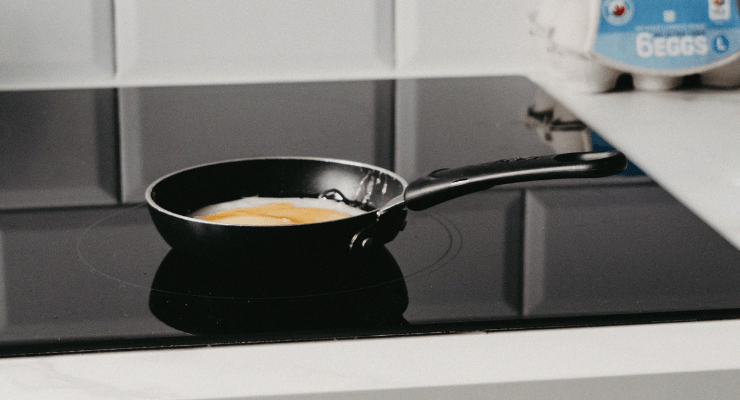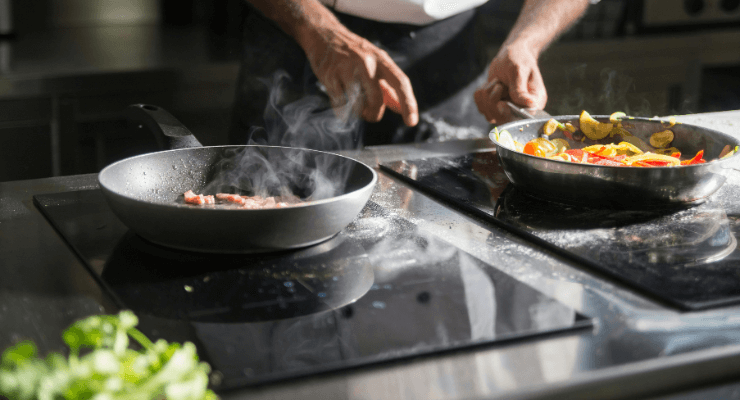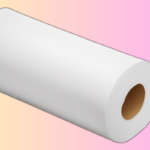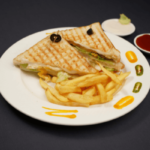Ceramic cookware has become a popular choice for home cooks due to its non-toxic, non-stick properties and stylish designs. However, just like any cookware, it requires proper care to maintain its effectiveness and extend its lifespan. One important aspect of caring for ceramic cookware is seasoning.

But wait — do you really need to season ceramic cookware? The answer is yes, and doing so can greatly enhance its performance. In this guide, we will explore the process of seasoning ceramic cookware, why it’s essential, and how to ensure your ceramic pots and pans stay in top-notch condition for years to come.
Why Season Ceramic Cookware?
Before diving into the “how-to” of seasoning, let’s clarify why you should season your ceramic cookware in the first place.
– Enhances Non-Stick Performance: Seasoning adds a protective layer of oil to the surface of the ceramic, which improves the non-stick properties. This reduces the likelihood of food sticking to the pan during cooking.
– Prolongs Lifespan: Ceramic cookware is prone to wear and tear over time, especially if it’s frequently exposed to high heat or abrasive cleaning. Seasoning helps to create a durable surface that resists damage and cracking.
– Improves Heat Distribution: A properly seasoned ceramic pan will offer better heat distribution, allowing you to cook evenly without hot spots.
– Prevents Staining: Seasoning forms a barrier that prevents food from staining or discoloring the ceramic surface, keeping your cookware looking pristine.
Now that you know the benefits, let’s move on to how you can properly season your ceramic cookware at home.
How to Season Ceramic Cookware: Step-by-Step
1. Clean the Cookware First
Before you begin the seasoning process, ensure your ceramic cookware is clean. Any debris, dust, or manufacturing residue can affect how the oil adheres to the surface.
Steps:
– Wash the ceramic cookware with warm water and mild dish soap.
– Utilize a soft sponge or cloth to delicately wipe the surface clean. Avoid using abrasive cleaners or scouring pads as they can damage the ceramic coating.
– Rinse the cookware thoroughly to eliminate any remaining soap residue.
– Dry the cookware completely with a towel or allow it to air-dry.
2. Apply Oil to the Cookware
Once the cookware is clean and dry, it’s time to apply a thin layer of oil. For this step, you should use oils with a high smoke point, as they will bond to the ceramic surface more effectively when heated.
Best oils for seasoning ceramic cookware:
– Vegetable oil
– Coconut oil
– Avocado oil
– Canola oil
Steps:
– Pour a small amount of oil (about 1 to 2 teaspoons) onto the surface of the ceramic cookware.
– Use a paper towel or soft cloth to spread the oil evenly across the entire surface, including the sides.
– Be sure to cover the cooking surface completely with a thin, even layer of oil.
3. Heat the Cookware
After applying the oil, the next step is to heat the cookware to allow the oil to bond with the ceramic surface. This process is crucial as it creates the non-stick layer that will enhance your cooking experience.
Steps:
– Place the oiled ceramic pan or pot on the stovetop.
– Turn the heat to medium and allow the cookware to heat for about 5 to 10 minutes. If you notice smoke or a strong smell, lower the heat slightly.
– You’ll know the cookware is ready when the oil starts to absorb into the ceramic surface and the pan has a slight sheen.
– Turn off the heat and let the cookware cool completely.
4. Wipe Off Excess Oil
Once the cookware has cooled down, you may notice excess oil still sitting on the surface. It’s essential to remove any excess oil to prevent it from becoming sticky or creating residue when you cook.
Steps:
– Use a clean paper towel or soft cloth to wipe off any excess oil from the surface.
– The cookware should have a smooth, even sheen without any greasy spots.
5. Repeat the Process (If Needed)
For brand new ceramic cookware, you may want to repeat the seasoning process 2 to 3 times to build up a strong protective layer. Over time, this will enhance the non-stick performance and protect the ceramic from wear and tear.
Steps:
– If you want an extra durable layer, repeat the oiling and heating steps one or two more times.

How Often Should You Season Ceramic Cookware?
Unlike cast iron, which requires frequent seasoning, ceramic cookware doesn’t need to be seasoned as often. However, it’s still a good idea to season it periodically, especially if you notice food starting to stick or if the non-stick coating seems to be wearing off.
Recommended frequency:
– Every few months: Season your cookware every few months if you use it frequently.
– After heavy scrubbing: If you’ve had to scrub your ceramic cookware or used a harsher cleaner, it’s a good idea to season it afterward to restore the protective oil layer.
Tips for Maintaining Seasoned Ceramic Cookware
– Avoid high heat: Ceramic cookware is sensitive to extreme temperatures, and high heat can degrade the seasoning layer and damage the ceramic surface.
– Use wooden or silicone utensils: Metal utensils can scratch the ceramic coating, which will ruin the non-stick layer. Stick to wooden, silicone, or plastic tools.
– Clean gently: After cooking, let the cookware cool down before cleaning it. Use a soft sponge and mild soap to clean the surface, and avoid abrasive cleaners.
– Re-season if necessary: If you notice food sticking to your ceramic cookware, it may be time for another round of seasoning.
Best Practices to Avoid Damaging Ceramic Cookware
– Don’t use cooking sprays: Cooking sprays can leave a residue on ceramic cookware that can build up over time and cause sticking. Always use a high-smoke-point oil for cooking and seasoning.
– Let the pan cool naturally: Avoid putting hot ceramic cookware under cold water, as this sudden temperature change can cause thermal shock and damage the ceramic coating.
– Store properly: When storing your ceramic cookware, avoid stacking heavy items on top of it. If stacking is necessary, place a soft cloth or paper towel between the pans to protect the surface.
Conclusion
Seasoning your ceramic cookware is a simple yet highly effective way to maintain its non-stick surface and extend its lifespan. By following the steps outlined in this guide, you’ll ensure that your ceramic pots and pans stay in excellent condition, making your cooking experience smoother and more enjoyable.
Taking the time to properly care for your ceramic cookware with regular seasoning will result in better performance, less sticking, and longer-lasting durability. So, give your ceramic cookware some love, and it will reward you with years of reliable use!
FAQs About Seasoning Ceramic Cookware
1. Do I need to season ceramic cookware?
Yes, seasoning ceramic cookware helps improve its non-stick properties and prevents food from sticking. It also protects the surface from wear and tear, extending the cookware’s lifespan.
2. How often should I season ceramic cookware?
You should season your ceramic cookware every few months or after heavy use and scrubbing. If you notice food starting to stick more often, that’s a sign it’s time to re-season.
3. Can I use any oil to season ceramic cookware?
It’s best to use oils with a high smoke point, such as vegetable oil, avocado oil, or coconut oil. These oils bond more effectively with the ceramic surface when heated.
4. What happens if I don’t season my ceramic cookware?
If you don’t season your ceramic cookware, you may notice food sticking more frequently, and the cookware’s non-stick properties may deteriorate over time. Seasoning helps prevent these issues and keeps the cookware in good condition.
5. Is seasoning ceramic cookware the same as seasoning cast iron?
While both processes involve applying oil and heat, seasoning ceramic cookware is much simpler and doesn’t need to be done as often as cast iron. Ceramic also doesn’t require the same level of maintenance, but occasional seasoning will still benefit its non-stick properties.
As an Amazon Associate, I earn from qualifying purchases.



